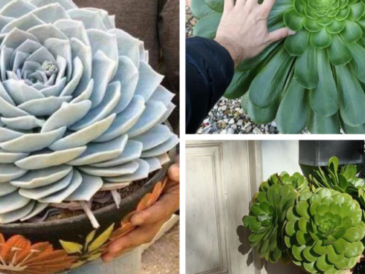For lovers of juicy, sweet stone fruits, there’s nothing quite like a homegrown plum. Not only are they bursting with flavor, but growing plums organically allows you to enjoy these delicacies without unwanted chemicals. This guide will take you through the simple steps of cultivating your own flourishing plum tree, ensuring a bountiful harvest year after year.
Selecting the Perfect Plum Tree:
- Variety is Key: Plums come in a delightful array of varieties, each with its own unique ripening time, flavor profile, and chill hour requirements (the amount of cold weather a tree needs to flower and fruit). Consider factors like your climate, desired taste (sweet, tart, etc.), and preferred fruit size when choosing a variety. Research varieties suitable for your region to maximize success.
- Bare Root vs. Containerized: Plum trees can be purchased as bare-root saplings (dormant trees without soil) or containerized trees. Bare-root trees are typically more affordable, but require planting during the dormant season (late fall or early winter in most climates). Containerized trees offer more flexibility in planting times, but may be slightly more expensive.
Turn to Page 2 to Discover More
Pages: 1 2




